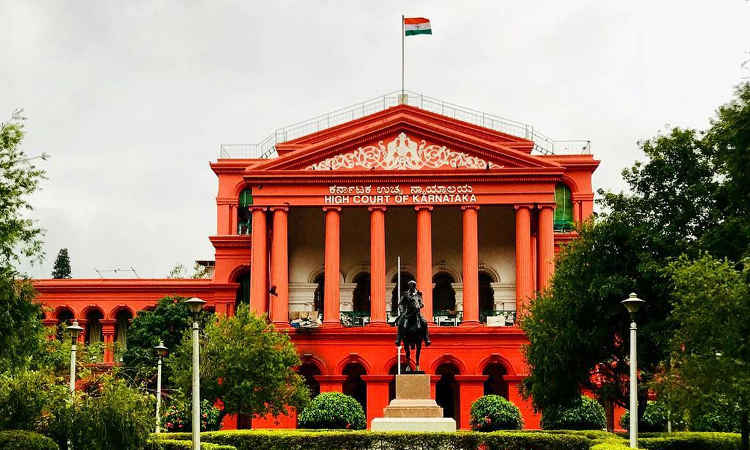- Home
- /
- High Courts
- /
- Karnataka High Court
- /
- Karnataka Govt Assures High Court...
Karnataka Govt Assures High Court That Positive Action Will Be Taken Against Illegal Encroachments Inside Gulbarga Fort
Mustafa Plumber
22 Feb 2024 3:21 PM IST
The Karnataka government has assured the High Court that it will take some positive action against 282 structures which have been erected in violation of Section 19(1) of the Ancient Monuments and Archaeological Sites and Remains Act, 1958, inside the Gulbarga Fort (Kalaburagi).A division bench of Chief Justice P S Dinesh Kumar and Justice T G Shivashankare Gowda in its order recorded...
The Karnataka government has assured the High Court that it will take some positive action against 282 structures which have been erected in violation of Section 19(1) of the Ancient Monuments and Archaeological Sites and Remains Act, 1958, inside the Gulbarga Fort (Kalaburagi).
A division bench of Chief Justice P S Dinesh Kumar and Justice T G Shivashankare Gowda in its order recorded “Advocate General assures the court that after holding a meeting with the Archaeological Survey Of India (ASI) authorities, some positive action will be taken in the matter.” During the hearing the court had orally observed that the matter has been pending since 2018 and nothing is being done.
The directions were given while hearing a petition filed by one Sharan Desai seeking removal of illegal encroachments inside the fort. The court in its order dated June 4, 2019 had noted that a notification was issued on 29th November 1951 by the Government of India declaring Kalaburagi Fort and Great Mosque in the Fort as an ancient and historical monument and archeological site of national importance.
Referring to various provisions of the Act the court had said the construction of any building in the protected area without permission of the Central Government is prohibited. If such construction is carried out, sub-section (2) provides for the Central Government passing an order directing that any building constructed by any person within a protected area in contravention of sub-section (1) shall be removed within a specified period. If he fails to do that, the Collector is empowered to remove the construction and recover the cost from the person who has constructed the same.
“Thus, any construction carried out within the said Fort after the said Act of 1958 came into force without permission of the Central Government is liable to be removed by the Central Government by passing an order as provided in sub-section (2) of Section 19,” it had said.
The petitioner appearing in-person had then tendered across the Bar the information provided to him under the Right to Information Act, 2005 by the Central Public Information Officer of Archaeological Survey of India as per which 62 unauthorised constructions were noticed within the prohibited area of the said Fort and 114 unauthorised constructions were noticed in the regulated area.
Subsequently the court had issued directions to the authorities to take necessary action within a period of four weeks. It was directed to ascertain whether construction of any buildings in contravention of Section 19(1) has been carried out. This exercise was to be completed by the Central Government within a period of two months.
Following which a survey was carried out and it was found that 282 structures were erected in violation.
In its order dated March 4, 2020 the court took on record the memo filed by the State government wherein it was stated that arrangements are being made to provide alternative accommodation to 282 families and a time of six months may be granted to move them.
Case Title: Sharan Desai AND The Superintending Archeologist & Others
Case No: Writ Petition No 4370 of 2018.


